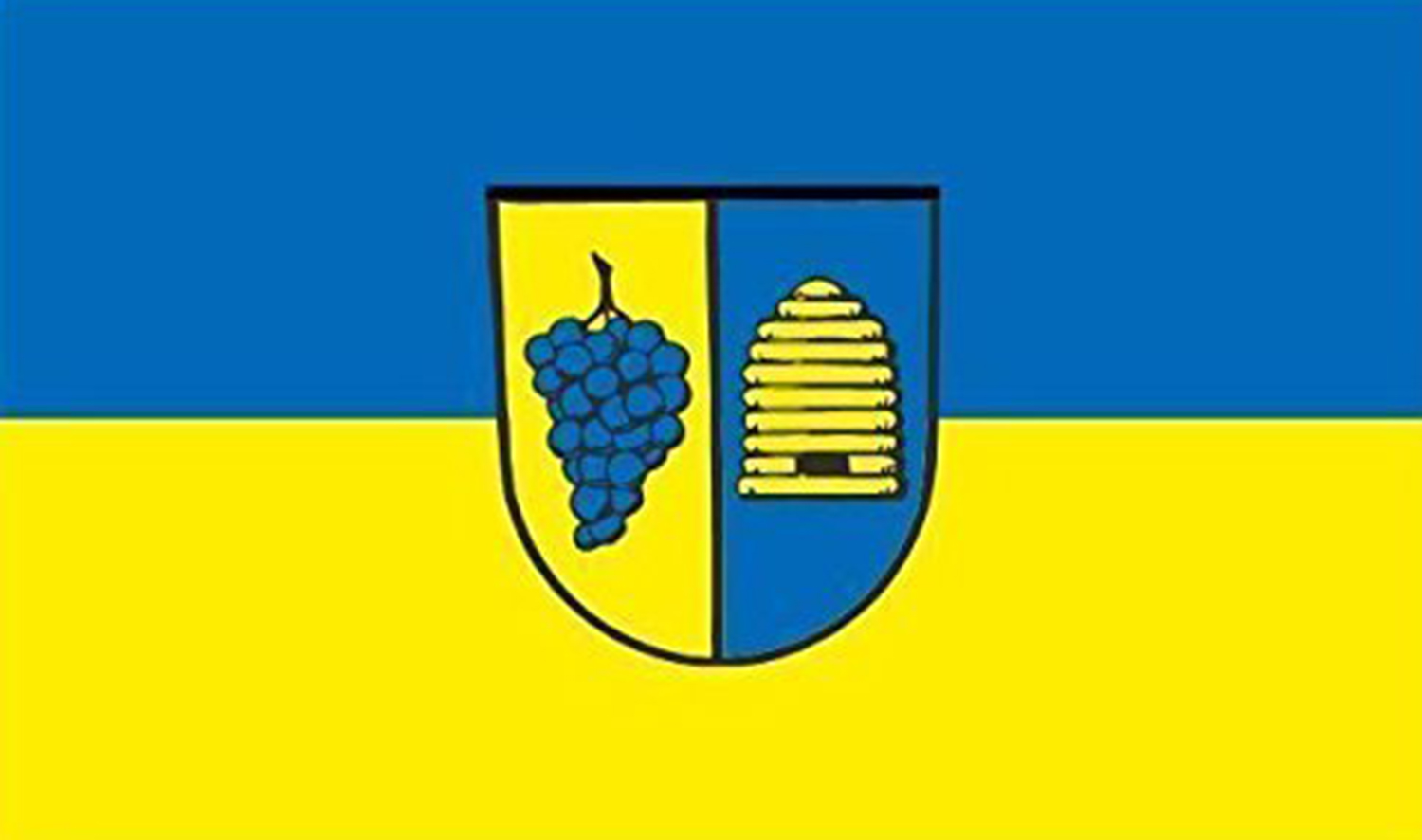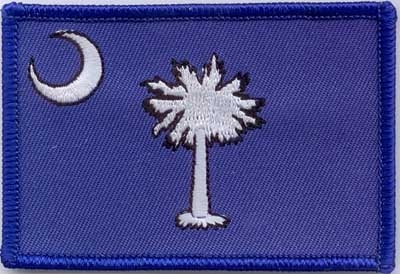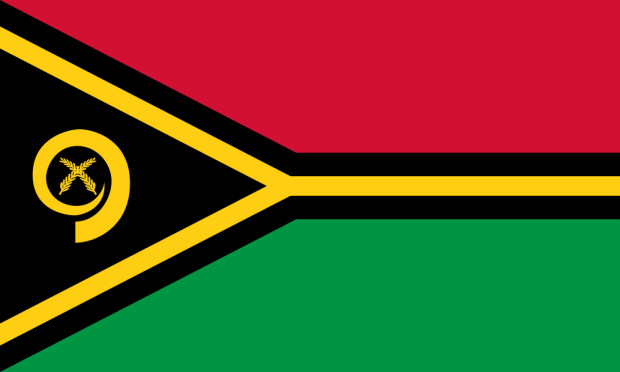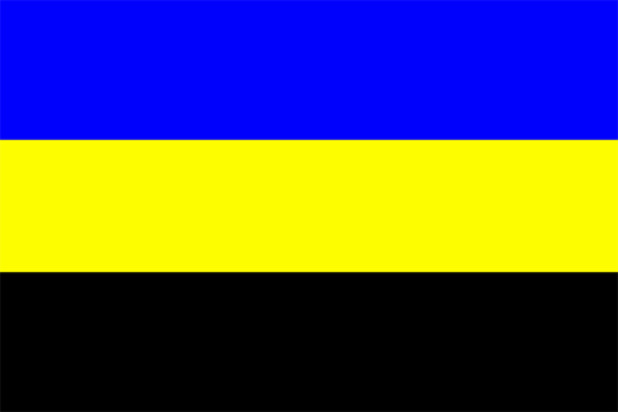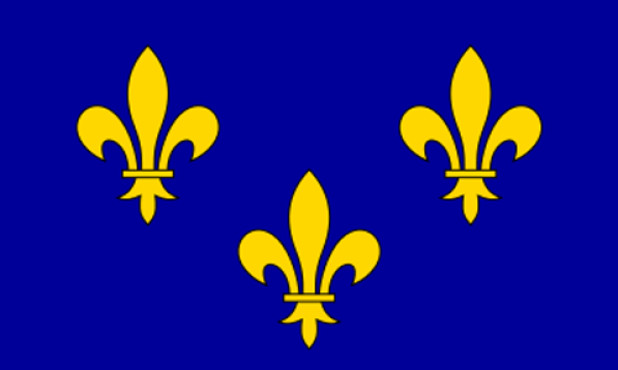Flag of South Korea
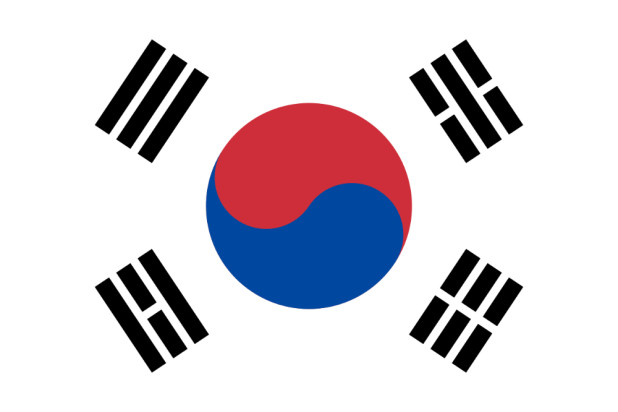
Listen to anthem
Top sellers from our flag shop

New South Wales Aufnäher / Patch 8 x 5 cm
2,90 €
Show in shop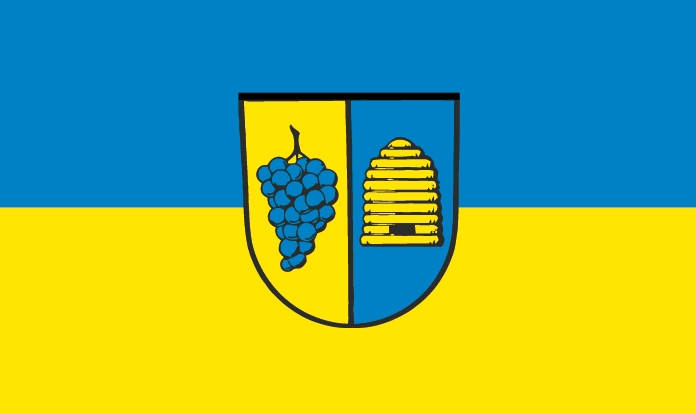
Korb Flagge 90x150 cm (DE)
18,99 €
Show in shopWhite with a red and blue yin-yang symbol in the center; each corner of the white field has a different Korean character.
Meaning
The traditional colors (white red, blue) and the basic design were already included in the flag of the Korean Kingdom before 1900. In 1948, when Korea was divided into North and South Korea, the flag shown above was introduced in South Korea. At first glance, it is somewhat reminiscent of the more straightforward flag of Japan. On closer inspection, however, the flag contains symbols which may appear simple on the surface, but in deeper study have been of intense philosophical concern to countless people for thousands of years: Um-Yang or commonly known as Yin-Yang in the Chinese language and as a term in the Western world.
The background of the flag is white, symbolic of the Korean people, purity and peace. White is equally manifested in the traditional (white) clothing of the people of Korea. In the center of the flag is a horizontally arranged yin-yang symbol (yin in blue and yang in red). The vertical arrangement is also familiar (blue on the left, red on the right). Among other things, the symbol reminds us of the harmony of opposites.
The four corners of the white background of the flag each contain three lines, which, however, are either closed or divided differently among themselves. A symbol of this type is called a trigram (or triagram). These trigrams are called kwae (or kwe) in Korea. Yin is symbolized by a divided line, and yang is symbolized by a solid line. Yin means 'dark' or 'cold'. Yang means 'light' or 'hot'.
Hymn
That's what ChatGPT knows about the flag of South Korea
-
The national flag of South Korea is also known as Taegeukgi. It represents traditional Korean culture and symbolizes the harmony between the elements of heaven, earth and man. The flag is a symbol of South Korean patriotism and is often flown during national holidays and sporting events.
-
The national flag of South Korea was introduced in 1948. It consists of a white background with a red Taegeuk symbol in the center. The symbol is a yin-yang circle, which symbolizes the unity of heaven and earth.
-
The national flag of South Korea consists of a white square with a red Taegeuk symbol in the center. The four parts of the symbol represent the basic principles of yin and yang. To the side of the symbol are four black trigrams representing the four cardinal directions. The flag is also known as Taegeukgi and is one of the oldest flags in the world. It was first used in 1883 and is a symbol of South Korean culture and identity.
Discover something new
Random flags from our large flag database.
